Emiliano Granado was born in La Plata, Argentina but has lived most of his life in the US. He currently lives in Brooklyn, NY and is a graduate of Amherst College. He works out of Miami and Buenos Aires seasonally. His work consistently revolves around the examination of Popular Culture, exhibition, and spectacle.
I have had the pleasure of working with Emiliano this summer and I had a chance to pull him away from his busy schedule to ask him a few questions about his career, his current projects, and the future.

You’re based in New York. How has living and working in Brooklyn affected your career as a photographer?
I’d say NY, in general, has influenced me. Everyone is doing something here. Everyone is plotting, scheming, hustling. So you have to plot and scheme harder than them. Seeing what everyone else is doing motivates you to go harder and get up every morning and do something significant.
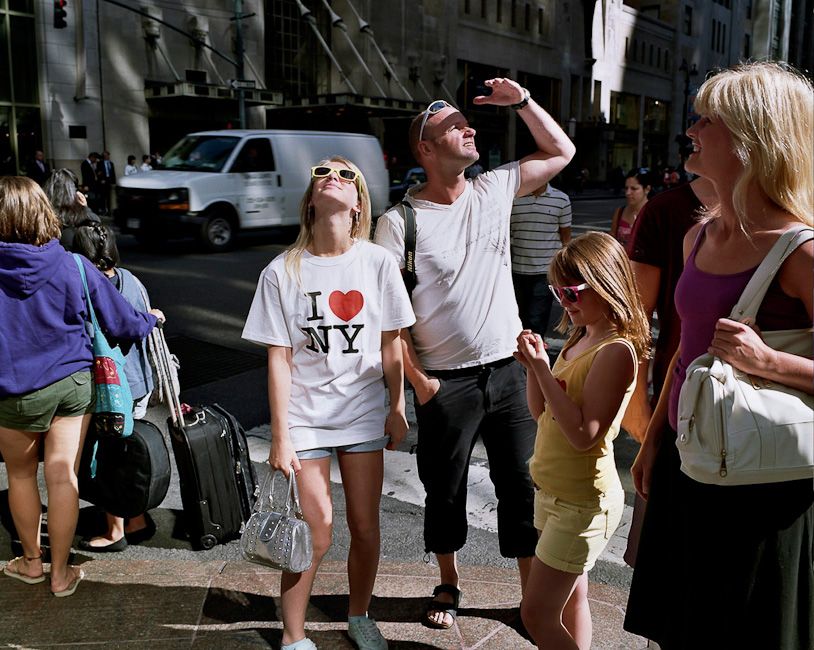
Also, living in Brooklyn reaffirms that you can live as a creative professional. Our parents’ generation was about office jobs and suburban dreams, now we can wear Vans and shorts everyday with pride.
What advice would you give to an aspiring commercial photographer?
Two things:
1. Be prepared to be broke for the first couple of years.
2. If you’re only shooting to make money, you’re doing it wrong.

Whats your favorite assignment that you have shot so far in 2012?
It was probably an assignment for Brooklyn Magazine. It was essentially a fashion story, but they asked me to shoot it on large format polaroid (fujiroid). They wanted the portraits to feel like Renaissance paintings, and I think I managed to do a really great job. I’m proud of the photos by themselves, but it makes me happy to know that people see my Time for Print project and it inspires them to do something similar for their magazine.
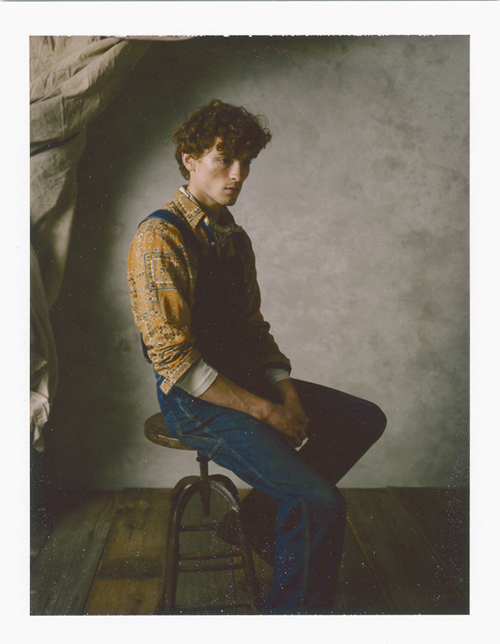
Tell me about TGTO & how you came up with the idea for the publication.
Thank God That’s Over is a 16 page newsprint publication that I self-published in May 2012. In 2010, I got an assignment to shoot a travel story on a 5-day cruise. As soon as I got that, I knew I was going to shoot two very different types of photos. TGTO is essentially the photos that I shot for myself while on the cruise.
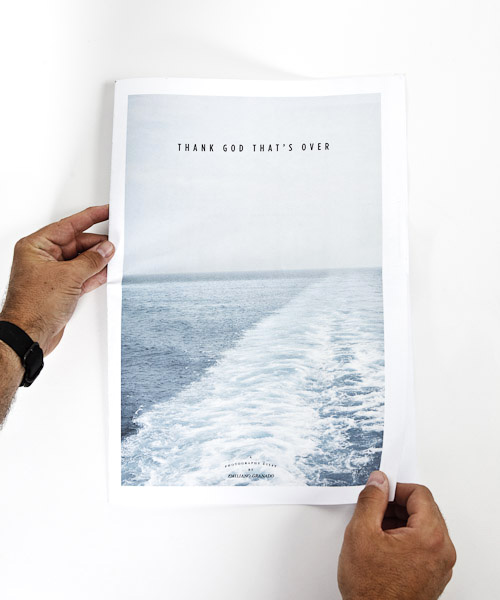

At some point over the last few years, I’ve gotten tired of pixels on a screen. There are so many photographers and all of them tweet and facebook and update their site and tumbl and whatever else we do. Any one thing we do seems insignificant, so I thought this project deserved something more than a section on my site and a mention in my newsletter (while you’re at it, sign up here!!). So I self published this thing to give it some weight and value. Think of it as a website update in a printed form.
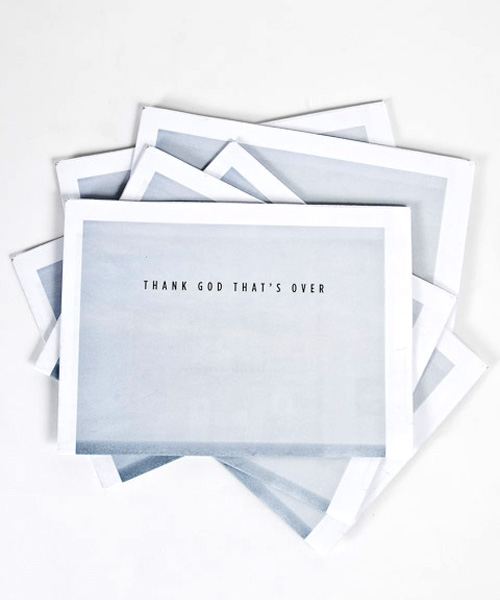
Do you plan to make any future publications?
For sure. I’ve actually thought about making a printed piece for every website update. It’s a great idea, but I don’t have time!
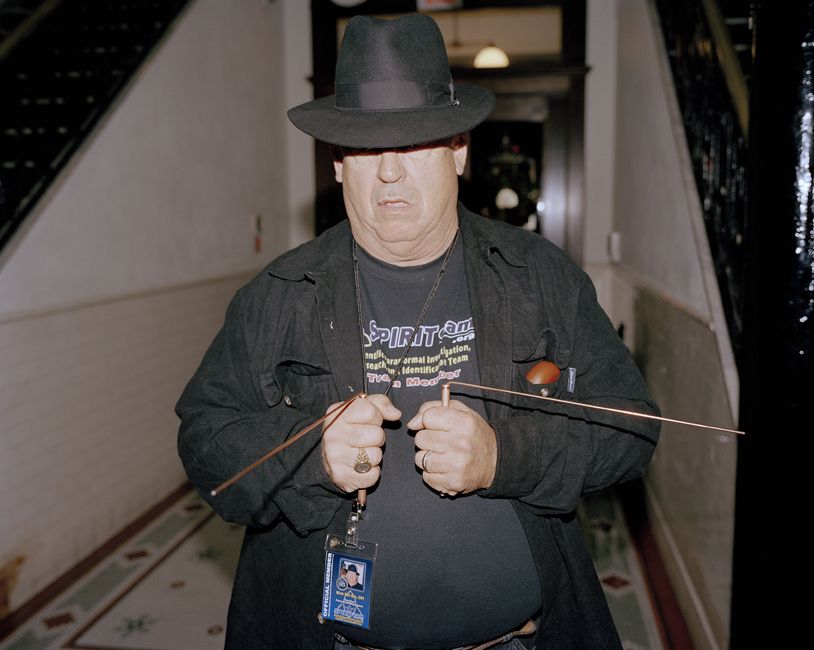
Where do you see yourself and your career in the next 5 years?
I’m at an interesting point in my career. I’m no longer “emerging,” but I’m trying to round that corner where people start throwing lots of money at me. You hear that art buyers??!! Holler!
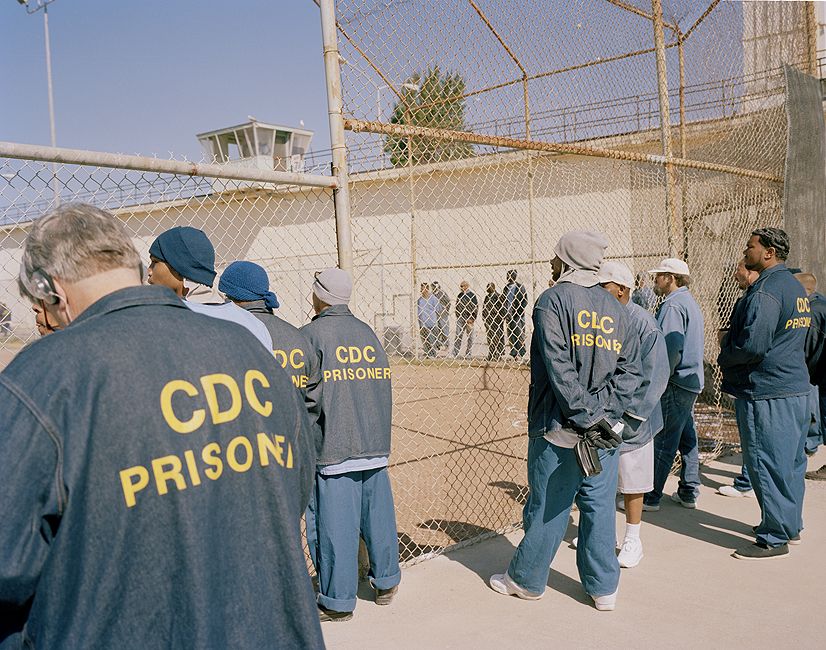

I’m also trying to make sure I don’t become strictly an editorial/commercial photographer. I’m always working on personal projects and I need to be better at wrapping those up and showing people that work. I always tell people I could make an entire portfolio with the work people haven’t seen. And bridging the gap to the art world is always on my mind. Editing work into finished series is a priority.
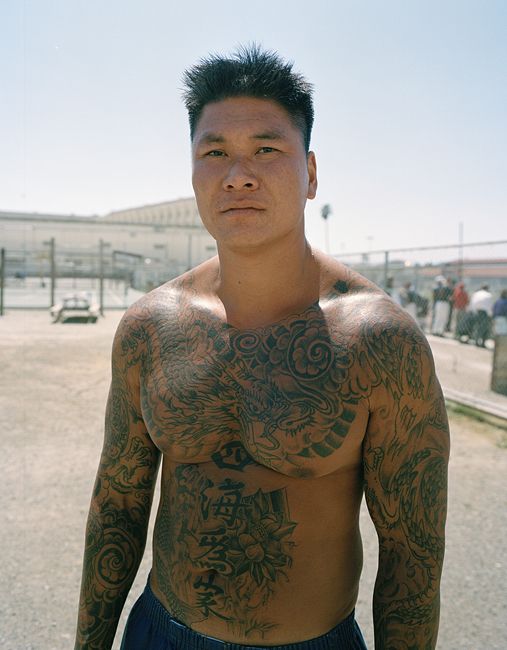
In a world that is quickly becoming digital, you tend to stick with film for most of your projects. Why?
Oh boy.
Almost every argument about film vs digital reduces the question down to the technical stuff. That’s such a flawed argument. For me, I shoot a lot of film because it’s simply more fun. The cameras are simpler, they can’t fire 17 frames a second, they require more mental focus, and you have 2-3 days of visual/emotional rest until you can see the photos. You become detached from them, and then they’re born again. You’re excited to see them. With digital, you see them IMMEDIATELY and you lose something when everything is so easy and immediate. There’s a preciousness to the process of film photography. And I think that builds this emotional attachment to the photos. Not to mention you shoot so much less on film vs digital. The moment is watered down when you have 100 frames to look at versus 5, you know?
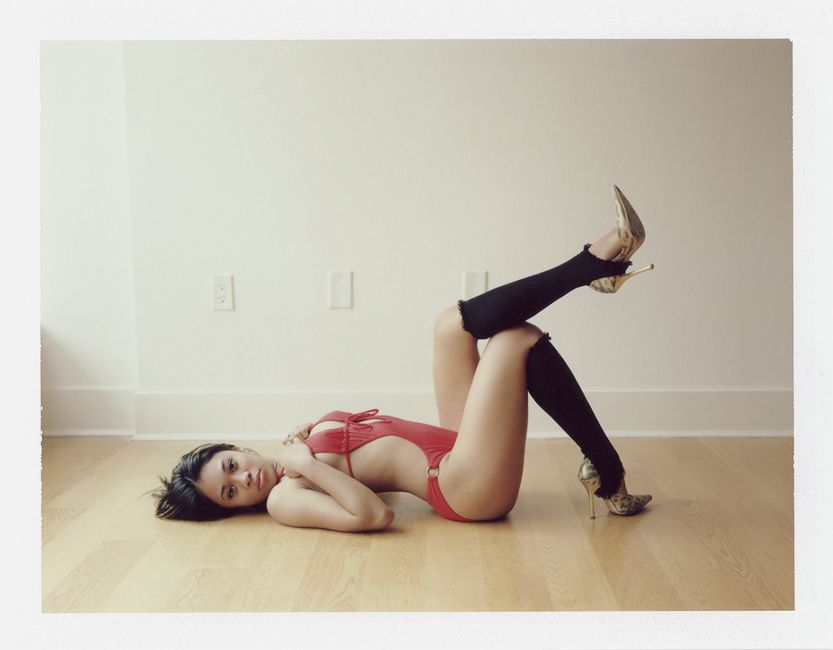
And on the technical front, I haven’t been able to dial in the digital files to reproduce colors like film. I know it’s possible, but they always look a little bit off to me. I’m more than willing to admit that it’s in my head, though.
The depth of field thing is probably the only real technical advantage to film.

What do you think that adds to the work?
I think my film photography is more precise. I feel more precise and focused with a film camera in my hand. So it might simply be a a feeling that I have with film. But I’m almost always happier with film than digital. And when I’m making personal work, I want to feel good about it, obviously.
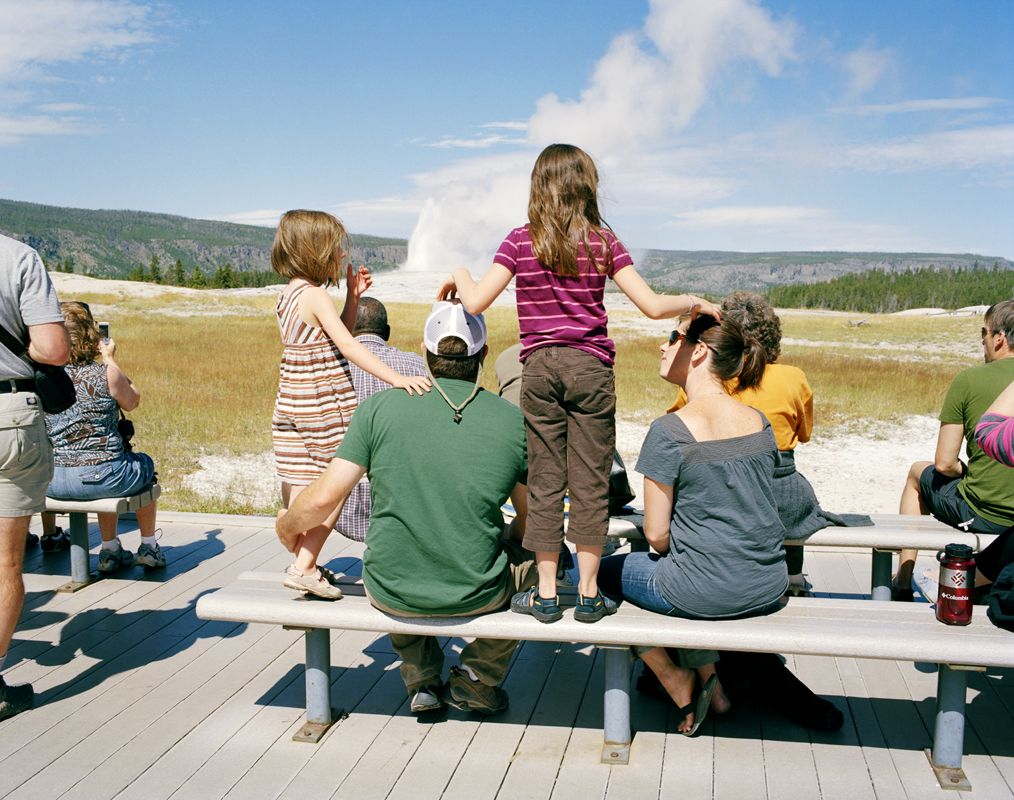
Any big shoots coming up that you can talk about?
See question #7. ART BUYERS, HOLLER!
Ha ha. There is always secretive personal work and wrapping up the 2nd year of Manual for Speed. I hope people see that as a humanistic documentary about athletes, and not simply bike photos.
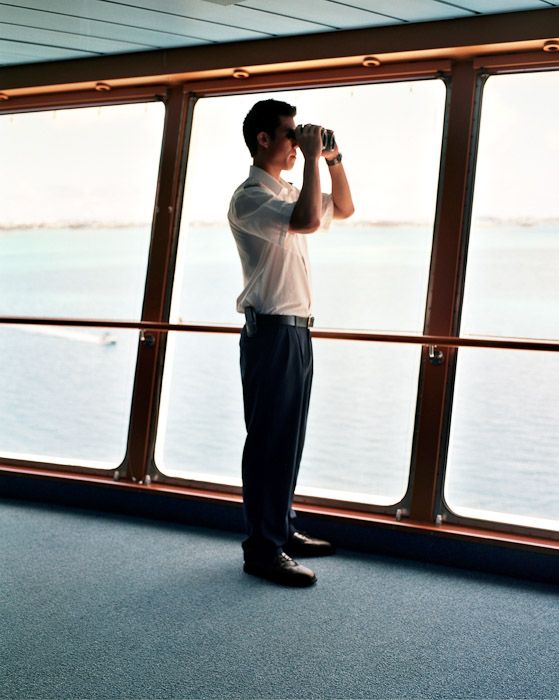
Find out more about Emiliano and view his complete portfolio on his website.
Also check out this projects Manual For Speed and Time For Print.
Interview by Carson Sanders